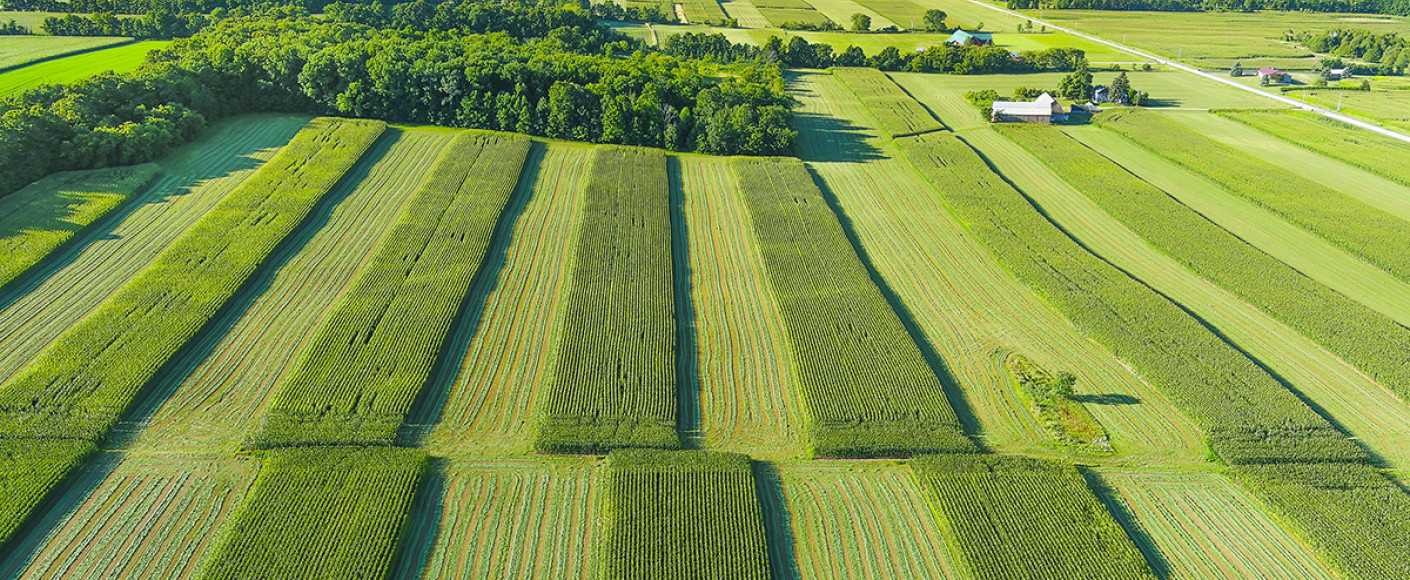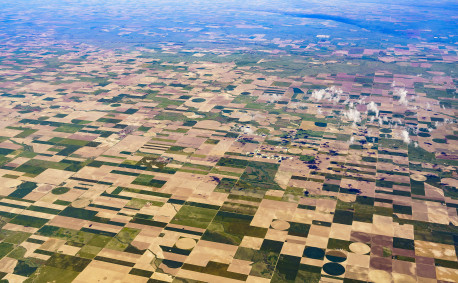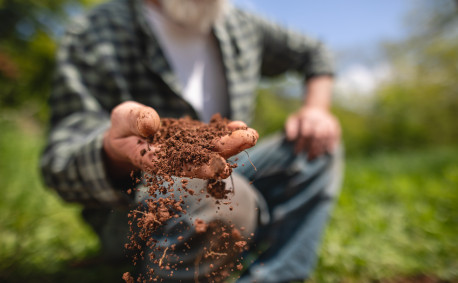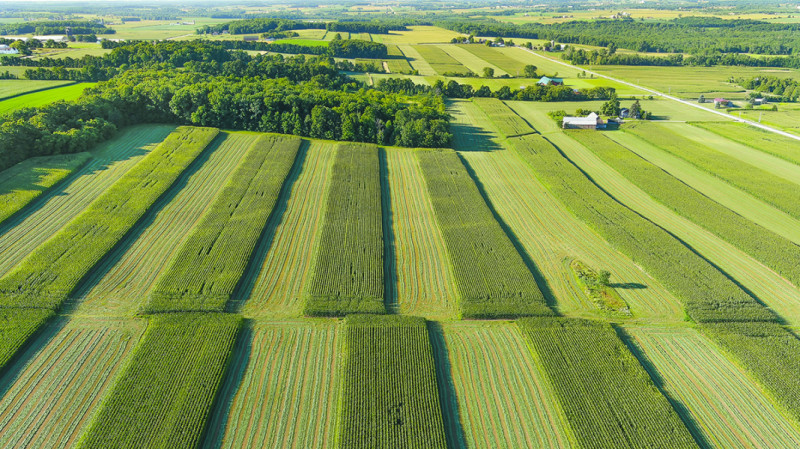Top Crops Around the Country
Less than 1 percent of the U.S. population works on a farm, yet we all depend on farmers to keep us fed, clothed and moving forward. (Literally! Some farm crops also help make fuel for vehicles.)
What do these farms grow and why? Climate is a major factor in what can grow well in any given spot. Soil type is also important. From texture to pH to nutrients, there’s a lot that goes into pairing a good soil for any given plant. Some plant varieties have traits like drought resistance that enable them to tolerate different conditions. While there are some exceptions, certain plants tend to grow better in certain areas.
For example, sugar cane needs warm weather and well-draining soil. That’s why it’s produced in Florida and Louisiana. Canola does better in cooler climates with soils that have a medium texture like in North Dakota. Here are some of the top crops grown in various parts of the country.
Barley
Barley grows well in cool, dry areas and needs a soil that doesn’t hold too much moisture like loams and clay loams. Major barley producers are North Dakota, Montana and Idaho. Barley is technically a grass and is often used as a grain, in livestock feed and to make vinegar.
Canola
Like barley, canola needs a soil that doesn’t hold too much moisture. Loamy soil is ideal for canola, but the plant can be raised in a variety of soils. Canola grows best in mild temperatures ranging from the mid-50s to the mid-80s F. With its cooler summer conditions, North Dakota is a great spot for canola farming and is the largest producer of canola in the U.S.
Corn
Corn is found in all 50 states and is the largest grain crop grown in the U.S. A stretch of the Midwest is known as the Corn Belt for its high production. There are several different types of corn. Most of the corn grown in the U.S. is called field corn, which is used as a grain in livestock feed. The top-producing states are Iowa, Illinois, Nebraska and Minnesota, all of which have plenty of silt loam soil. Kansas is one of the top 10 corn-producing states. The majority of corn grown here is field corn (also called “dent corn”), but some farmers grow sweet corn for human consumption and even popcorn varieties.
Sweet corn, the kind people eat, is grown largely in Florida, Washington, Georgia and California.
Cotton
Cotton grows well in the heat and is primarily grown in the South from North Carolina through Texas, as well as Arizona and California. Southern Kansas, with its long, hot summers, has flourished as a cotton producer in recent years.
Oats
Oats are largely found in cooler states from North Dakota and South Dakota through Minnesota, Wisconsin, Iowa and Michigan to New York. Oats grow better in well-drained soil that is slightly acidic. Almost all of the oats produced in the U.S. are used to feed animals.
Peanuts
Peanuts love warmer weather and looser, sandy or loamy soils. Peanuts are often grown in the South, in Georgia, Alabama, South Carolina and North Carolina. You can also find peanut crops in parts of Texas and Florida. The average size of a peanut farm is 200 acres. A peanut farm that size can produce enough peanuts to make 6 million peanut butter sandwiches.
Rice
As a semi-aquatic plant, rice needs well-irrigated soil to grow well. Clay and silt loam soils are especially good for rice crops. Although Asia is the biggest producer of rice globally, several U.S. states grow rice, including Arkansas and Louisiana, plus parts of Texas and California. There are more than 5,000 rice farmers in the U.S., and they grow about 20 billion pounds of rice each year.
Soybeans
Soybeans can grow in a variety of soils, but they favor sandy clay loams and silt loams. They grow best in temperatures ranging from the upper 60s to the upper 80s F. The production area spans North Dakota and Minnesota down to Louisiana and Mississippi, with the largest producers located in Iowa, Illinois, Nebraska, Indiana, Missouri and Ohio. Kansas has 16,000 soybean farmers and is among the top 10 soybean-producing states.
Sorghum (Milo)
Sorghum, also called milo, grows well in warmer weather and can tolerate drought. Kansas is the top-producing state, with northcentral and western Kansas the top regions within the state. Sorghum is also grown in Oklahoma, Texas, South Dakota and Arkansas. One bushel of sorghum only needs six inches of water to grow.
Wheat
Spring wheat is planted in spring and harvested in the fall. Because it can’t grow well in extreme heat, spring wheat is largely grown in northern states with loamy soil like North Dakota, Montana, Minnesota and South Dakota.
Winter wheat, on the other hand, is planted in fall, lays dormant in winter and is harvested in summer. Kansas is the top-producing state for winter wheat, growing about 27 percent of the country’s crop. The following top states are Washington, Oklahoma, Colorado and Montana. The areas that produce the most wheat in these states have silt loam soil.
There’s so much more that goes into farmers’ decisions about crop choices, but hopefully this gives you an idea of why certain crops are more common in different parts of the country.





